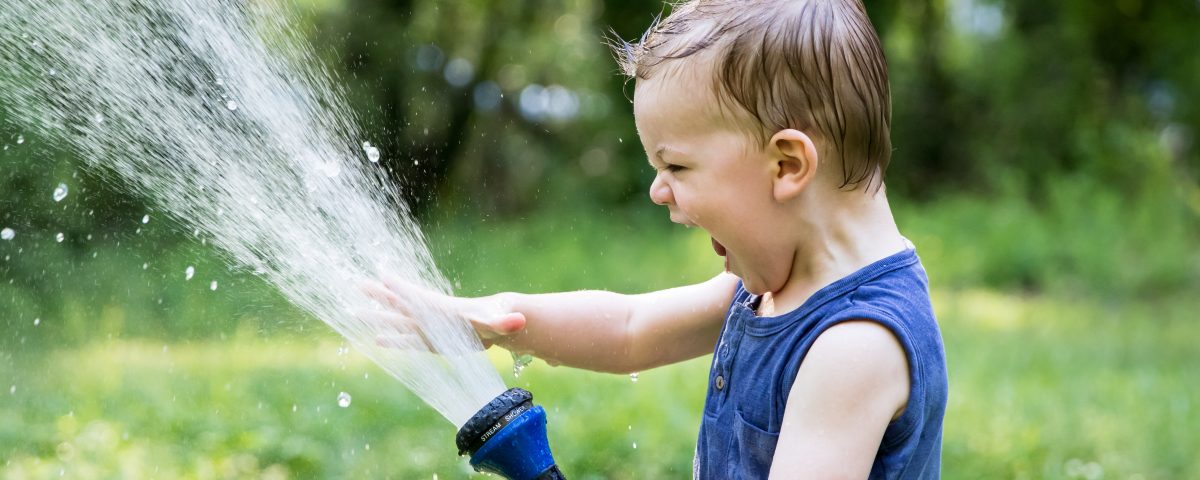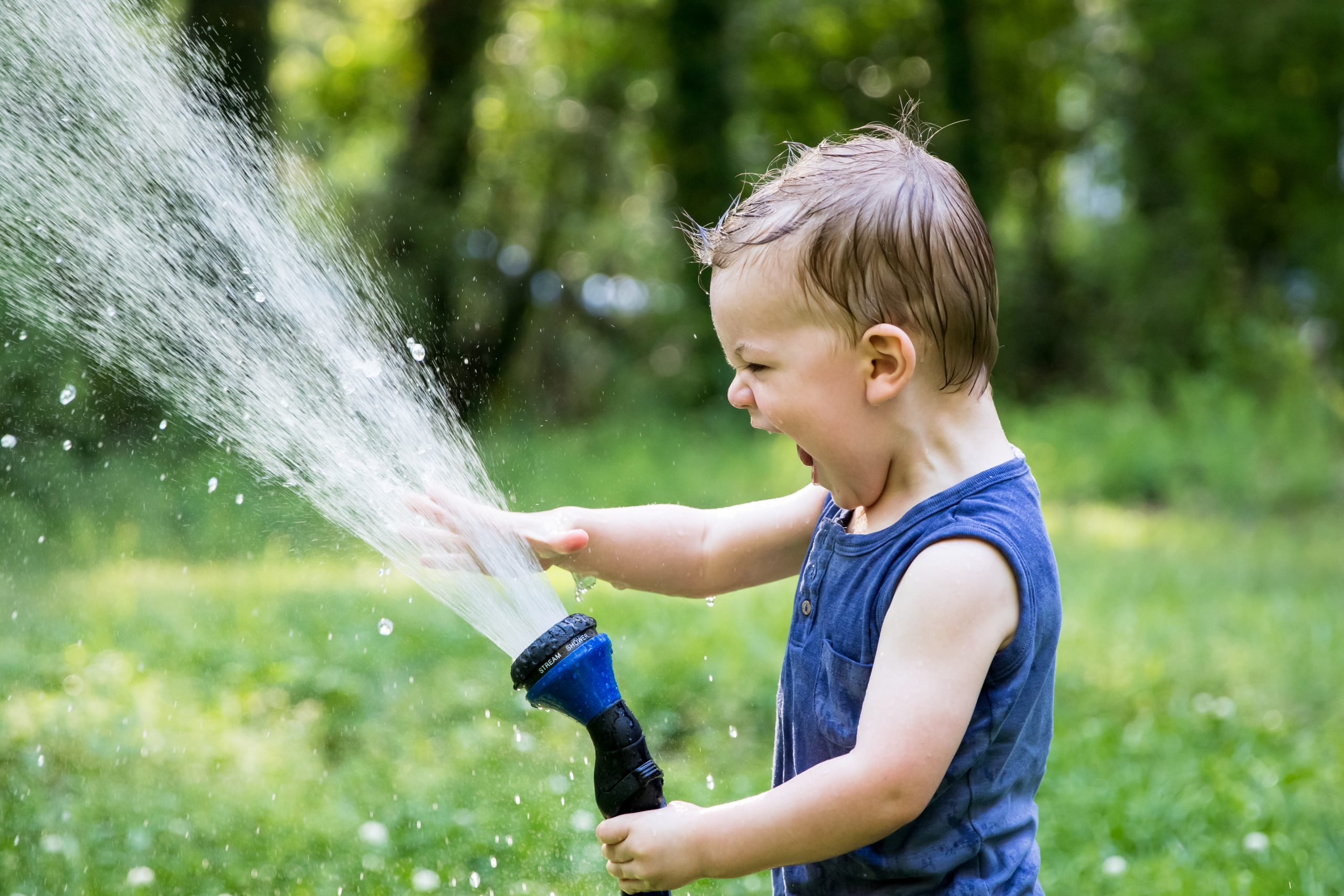5 Facts About Landscaping Everyone Thinks Are True

5 Facts About Landscaping Everyone Thinks Are True
Recently we shared 5 gardening fibs from previous generations that are not correct. Today, we shift from gardening fibs to landscaping myths that everyone thinks are true:
1. HOAs won’t allow front yard food
We often hear of “backyard farming” or “backyard homesteading” as if it should be hidden. Part of the reasons for this are rules by HOAs that restrict the types of plants that can be grown in an HOA. In fact, a recent Florida law to give homeowners the right to grow food in their front yard still allows HOAs to restrict front yard gardens. While many food forests won’t work in a traditional HOA, there are many edible plants that can be grown within existing landscaping that even the strictest HOA will approve. We’ve found that some of the strictest HOAs will allow edible flowers, herbs - especially lavender, rosemary, sage and garlic - and container crops to be grown in the front yard.
2. Trees must be staked to develop properly
Many clients ask if trees need to be staked to help with root and trunk development. While some trees may need stakes to help them become established and stay upright, most trees do not. Unstaked trees often grow a stronger root and trunk system faster in order to combat against natural elements such as wind. Many blown down trees are due to poor root system development or incorrect watering. By allowing at least some small movement against the natural elements allows the tree to grow stronger faster. In most cases, tree stakes should be removed after one year, unless the stakes are used for corrective measures including keeping a tree from falling. Trees that remain staked often are damaged by staking materials.
3. Plants should only be watered at night
The thought behind this is that water is conserved when watered in the evening. Many homeowners overwater their lawns and other plants. Watering at night - especially during some parts of the year - allows fungus, mold, mildew and other diseases to grow and damage plants . Some plants prefer water during the day to help photosynthesis be more efficient. Watering during the day rarely burns plants, but on the other hand, watering only during the day can cause salt to build up or water to evaporate from soil. While it is best to water your lawn in the early morning hours of the day, watering according to the needs of the specific plants will help them become healthier and more productive.
4. Organic pesticides are best
Pesticides can be hazardous to your family, your pets and other organisms that plants need. In particular, they kill both helpful and harmful organisms. The best way to take care of plans is to do so naturally and to encourage growth of good bugs that naturally take care of the bad ones. Plants like to have friends around. An alternative is companion planting of plants that provide nutrition, shade and protection against pests. For example, planting marigolds next to tomatoes draws bugs away from your fruit. It is easy to learn about companion planting and how to incorporate into your garden.
5. No plan or knowledge needed for landscaping
We’ve often heard that anyone can do landscaping - and we agree! Two things are needed to make an agriscaping landscape successful. First, a plan. Second, appropriate training. A master plan - even if it changes over time - is crucial to ensure that the landscape flows seamlessly and is productive. In addition, many landscapers complain that they often spend more time fixing issues caused by half-done projects, or projects that have been over-engineered. This includes irrigation systems that overwater in some places and not enough in others and installation over-ambitious hardscapes. By devoting a little bit of time and money for basic training, you protect your investment and save money in the long run.
To find out what webinars or live classes are available for free click here!

